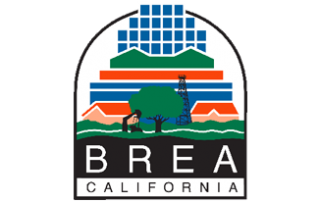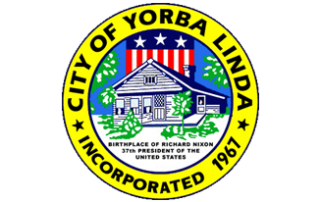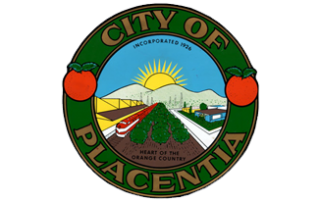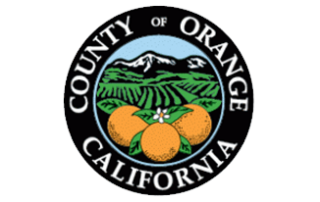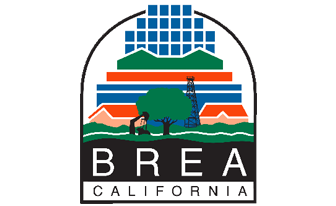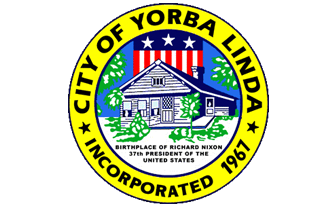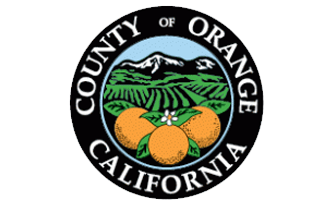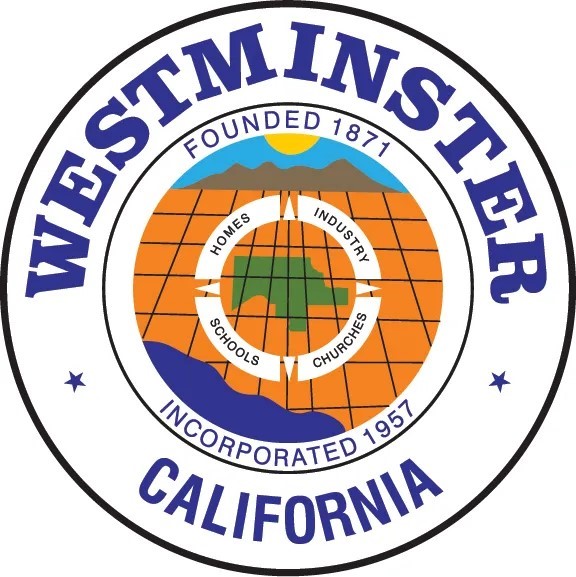We’re Here to Help
Emergency Ambulance provides a variety of services for private individuals and public institutions. To schedule a transfer or to speak with a consultant about any of our other services, call:
(800) 400-0689
“IF YOU HAVE AN EMERGENCY PLEASE DIAL 911 IMMEDIATELY”
Ambulance Transportation
Emergency Ambulance has been a respected leader in the delivery of Mobile Healthcare in the Southland since 1977.
Emergency Ambulance provides interfacility ambulance service in both Los Angeles and Orange counties, and currently supports the cities of Brea, Buena Park, Placentia, Westminster and Yorba Linda, and the County of Orange as a 9-1-1 Emergency Medical Services (EMS) transportation provider.
Emergency Ambulance is contracted with healthcare facilities and payors to provide highly reliable, on-time non-emergency medical transportation throughout Los Angeles and Orange Counties.

Basic Life Support
When your loved one needs to be moved between facilities or has a special need for ambulance transfer, we can help. Emergency Ambulance is contracted with healthcare facilities and payors to provide highly reliable, on-time, non-emergency medical transportation throughout Los Angeles and Orange Counties.
911 Emergency Ambulance
Emergency Ambulance supports the cities of Brea, Buena Park, Placentia, Westminster, and Yorba Linda, and unincorporated areas of Orange County as an exclusive 9-1-1 Emergency Medical transportation provider. We operate from nine fully operational ambulance bases strategically located around the area. When seconds count and lives are on the line, the community can count on Emergency Ambulance.
RESPONSE TIME COMPLIANCE
Clinical evidence supports the concept that expeditious response is a key component of Quality Medical Care.
Emergency Ambulance is required to monitor response time performance for Code 2 and Code 3 emergency calls in Exclusive Operating Areas (EOAs) managed by the County of Orange. We have daily reporting requirements that specify on time responses of 95% in both categories, with 14 minutes 59 seconds being the standard for Code 2 (or Urgent –No Red Lights and Siren) runs and 9 minutes 59 seconds being the standard for Code 3 (or Red Lights and Siren) responses. These indicators for response time performance are set by contract and are monitored using our Computer Assisted Dispatch (CAD) and FirstWatch systems daily, weekly, monthly and quarterly.
The intent of the indicators is to ensure contract requirements are being consistently met and that the public is being adequately served. Information concerning our performance can be found posted here.
http://www.healthdisasteroc.org/ems/aps
Emergency Ambulance Service, Inc. (“EAS”) is the contracted ambulance company for Brea, Yorba Linda, Placentia and unincorporated areas of Orange County. Since paramedics were first deployed in these areas around 1978, the Brea Fire Department and Orange County Fire Authority have provided Advanced Life Support (ALS) and a contracted private ambulance service has provided the transport (ride to the hospital). While the private ambulance companies providing transport have changed in some areas over the years, this response/transport matrix has remained constant. This allows fire companies (paramedics) to get back into service quicker and be available for the next response whether it be a medical emergency or a fire.
EAS tries to accommodate a patient’s request to a specific hospital, even in cases when the request is to a facility other than the closest ER. Of course, there are exceptions. Patients will be transported to a facility (other than the patient’s request) based on several other factors:
- Need for Specialty Center, like a trauma center (critical injuries), stroke center, or STEMI receiving facility (heart attack)
- If patient requests a facility that is on ED diversion due to saturation (overcrowding)
- If the patient is in extremis, like an uncontrolled airway or uncontrolled bleeding, they are always transported to the closest hospital emergency department (ED)
Typically, one family member or friend can ride to the hospital with the patient. Normally the family member or friend will ride in the front cab passenger seat of the ambulance. This way they can be properly secured with a seat belt. In addition, this allows the fire department paramedics and company personnel to tend to the patient without the interference of the family or friend. One exception is if we are transporting a small child. In these situations the mother or father will normally be allowed ride in the back of the ambulance to the hospital.
The County of Orange establishes rates charged for emergency ambulance transport. A patient transported from a location in the cities of Brea, Yorba Linda, Placentia or a unincorporated area actually receives one bill, which includes transport by EAS. If fire department paramedics assess or treat the patient additional charges for the ALS response are included.
Patients do have rights when it comes to ambulance transports. For example, the patient can refuse treatment and transport by signing an AMA (against medical advice) form. In cases where the patient is unable to speak for him or herself, there is something called “implied consent”? This means that a reasonable person in the same situation, say unconscious would request treatment and transport. Patients also have the right to request private transport. A friend or family member can take the patient to the ED in cases where the patient has not received or is in need of ambulance transport.
Advanced Life Support
Emergency Ambulance provides Advanced Life Support (ALS) for interfacility transfers when patients require medical monitoring during transport. This higher level of service includes either a licensed paramedic or registered nurse augmented by one or more emergency medical technicians. ALS level services are offered for patients who need a level of care during transport above those services provided by a BLS ambulance and less than those provided during a Specialty Care Transport. Patients who typically require ALS transport include:
- Any medical/surgical patient with a continuous IV medication but does not need an RN per local EMS agency protocols.
- Any patient on a Cardiac Monitor
- Obstetrical Patients
- Any patient deemed to have a potential complication during transport when report is received from the sending facility
Event Medical
Emergency Ambulance provides on-site ambulance and skilled care at a variety of concerts, races, festivals, and sporting events. From a single ambulance at the ready to a fully staffed medical tent, we can provide you with medical services on site.
Emergency Ambulance is also a leader in providing disaster medical and wildland fire support services. Our company is a verified vendor for the California EMS Authority, CAL-FIRE, and the US Forest Service providing EMS standby and first response services.
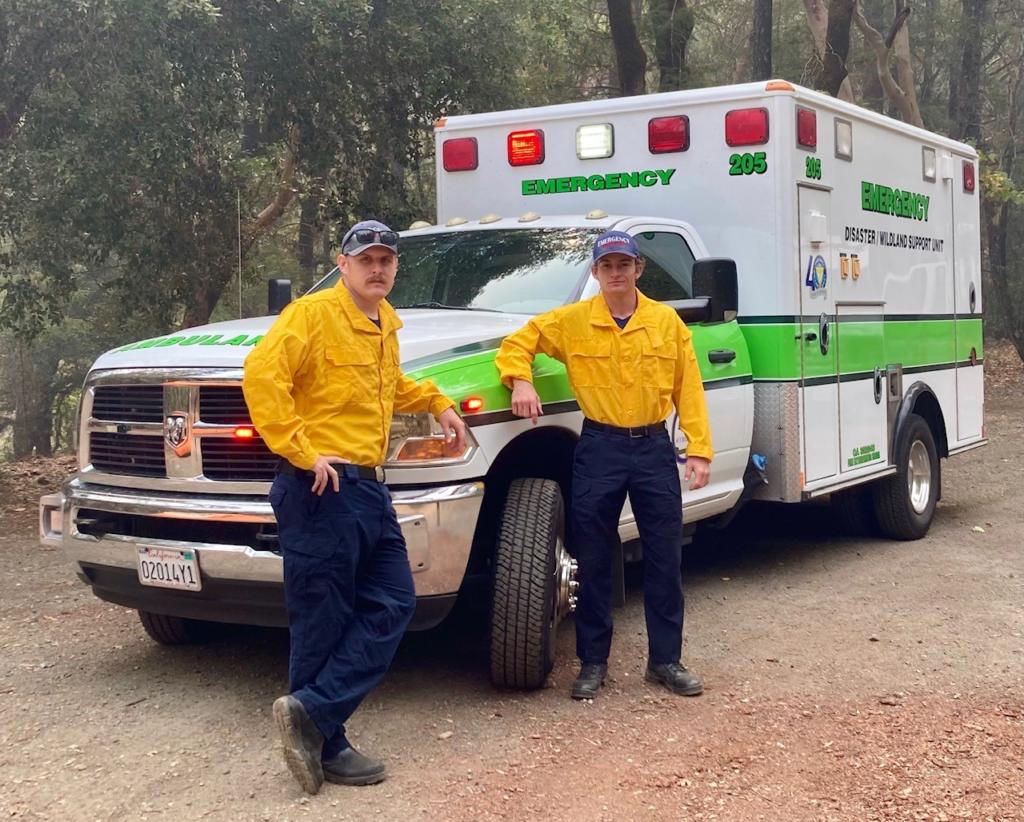
Our Communications Center is staffed 24 hours a day, seven days a week with experienced dispatcher’s certified as California Emergency Medical Technician’s or Emergency Telecommunicator’s (“ETC”) or Advanced Emergency Medical Dispatcher’s (“AEMD”) by the National Academies of Emergency Dispatch.
These well-trained individuals answer all calls received and are able to immediately assist you. Should a medical emergency be present at the time of your call, our staff will be able to help you over the phone. They will locate your call and dispatch the local fire service agency and if appropriate, our nearest ambulance to your location using our computer aided dispatching system.
All of our ambulances are outfitted with global positioning systems (“GPS”) that allow our dispatchers to know their exact location, ensuring you receive the closest available ambulance.
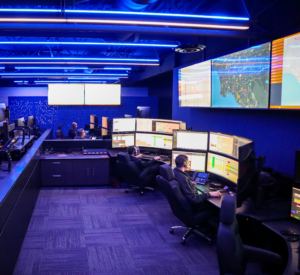
Trusted Partners
EAS partners with various professional organizations, nonprofits, and government agencies. Together with our partners we set high standards of service and provide life-saving training in first aid and CPR.

